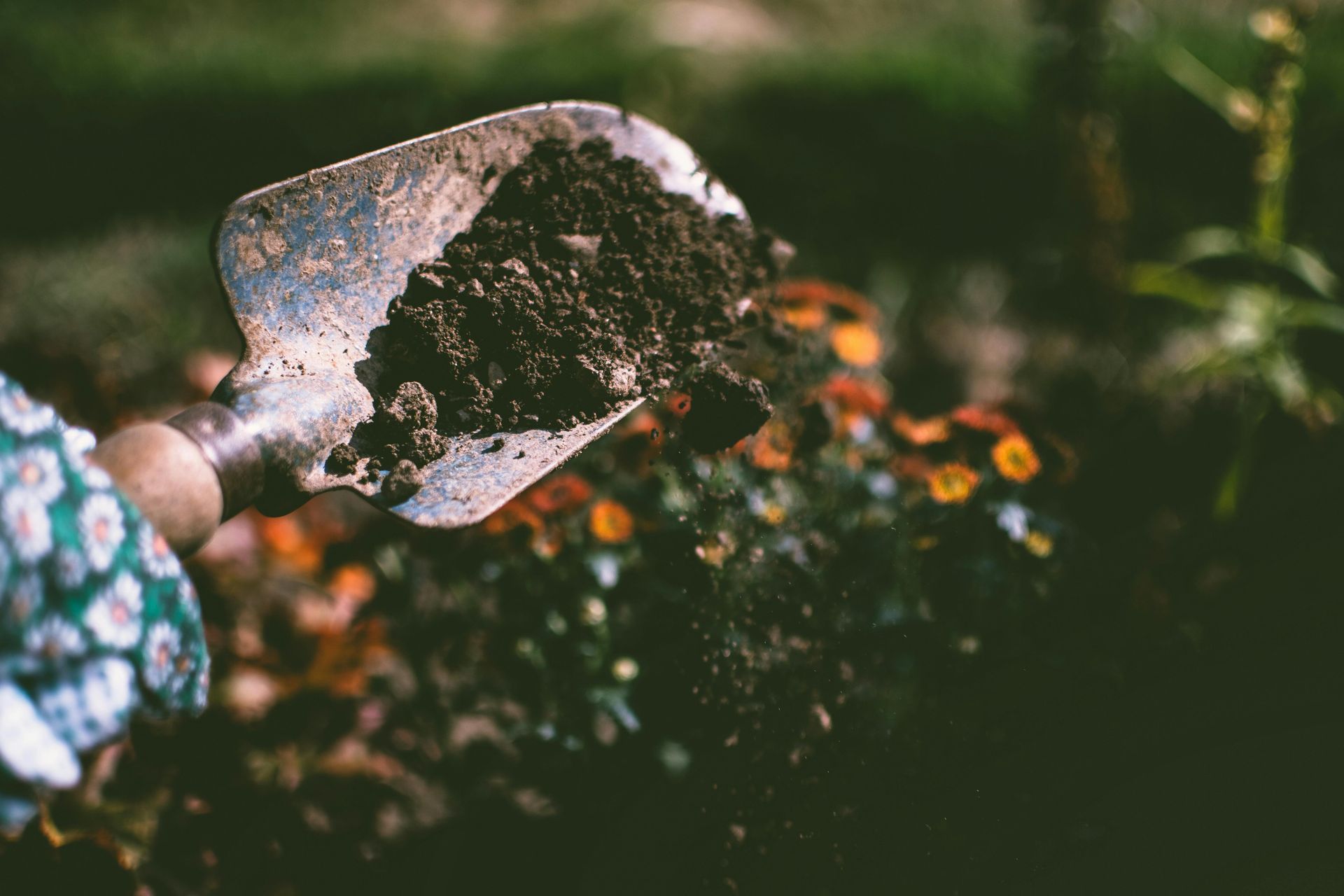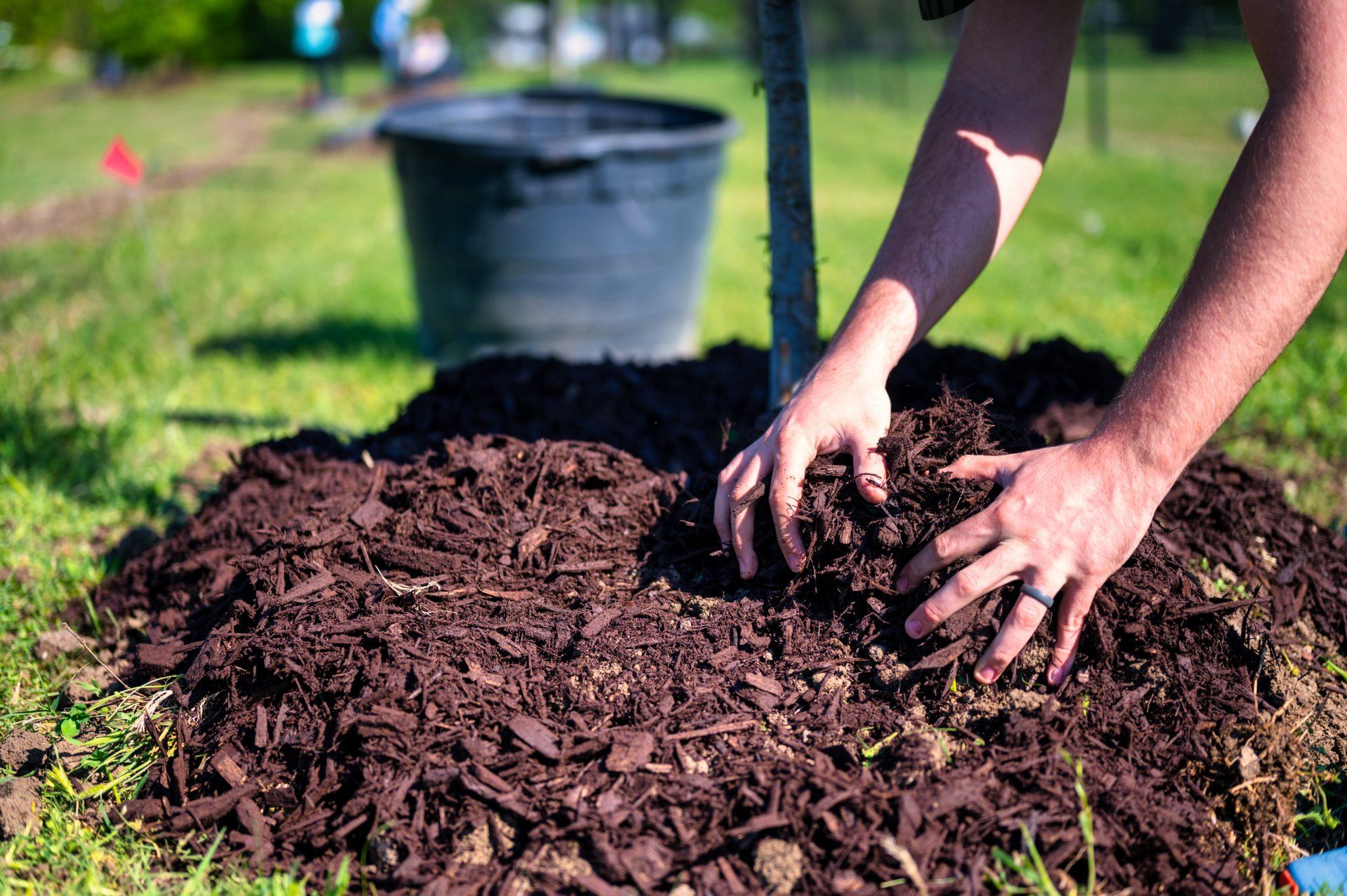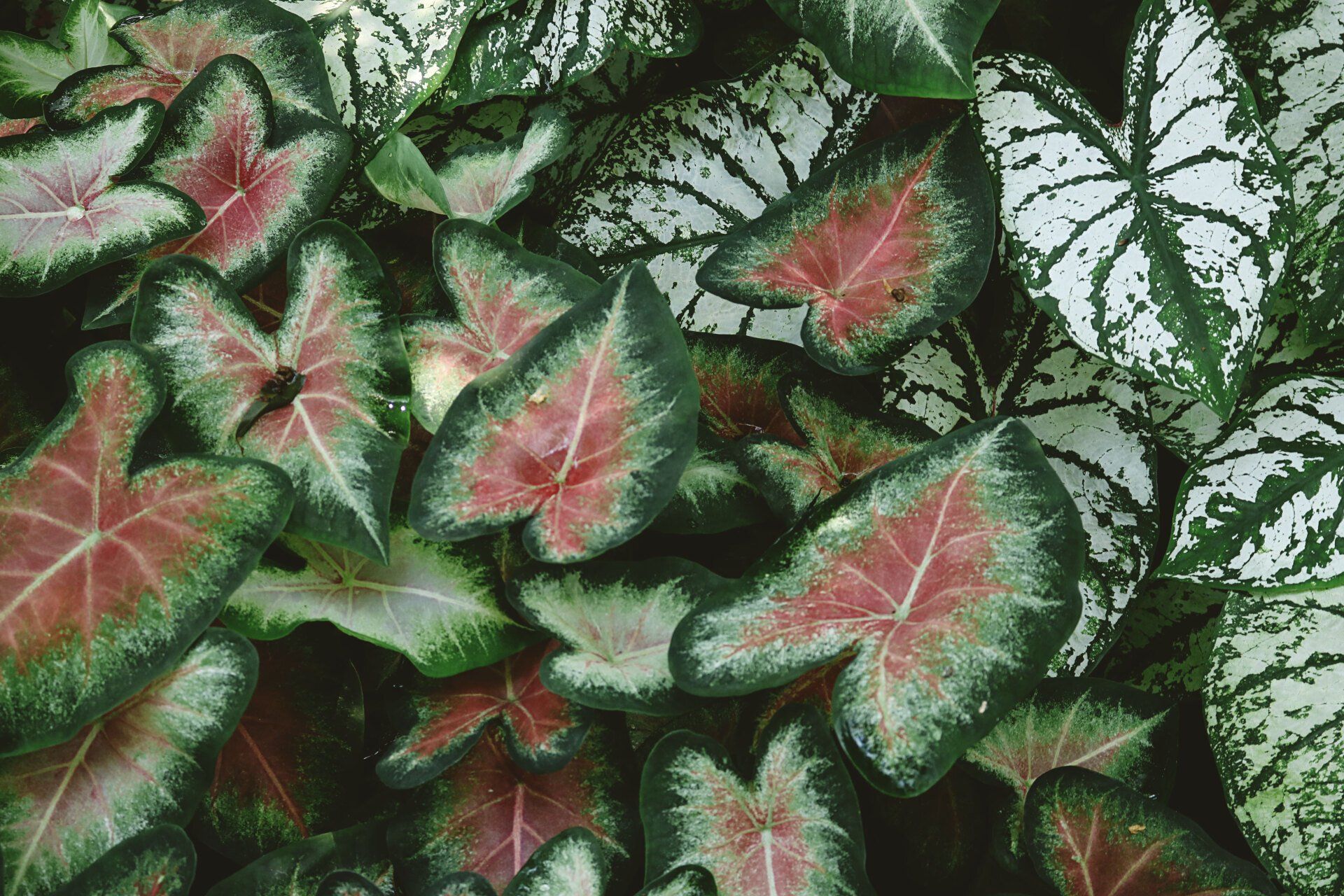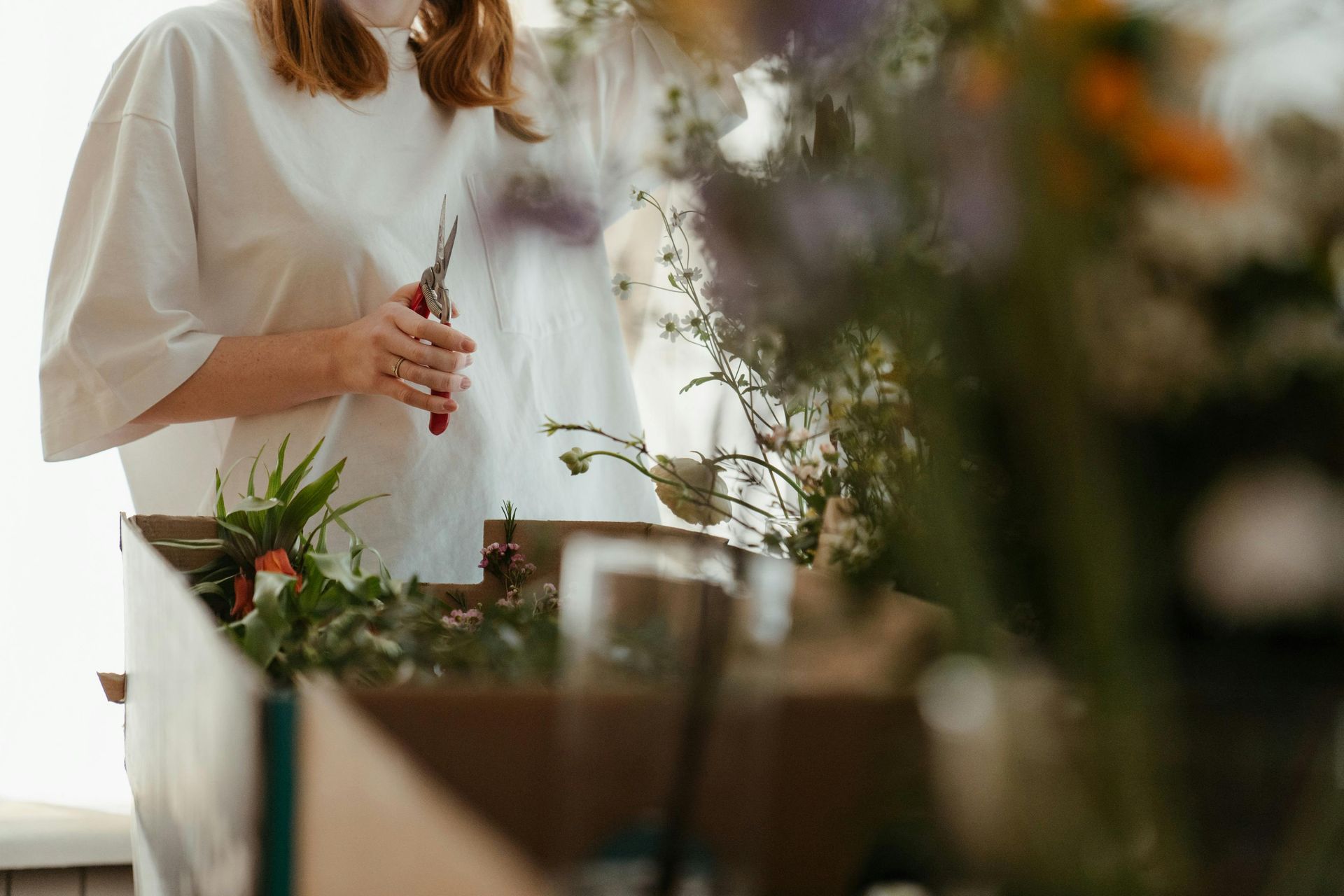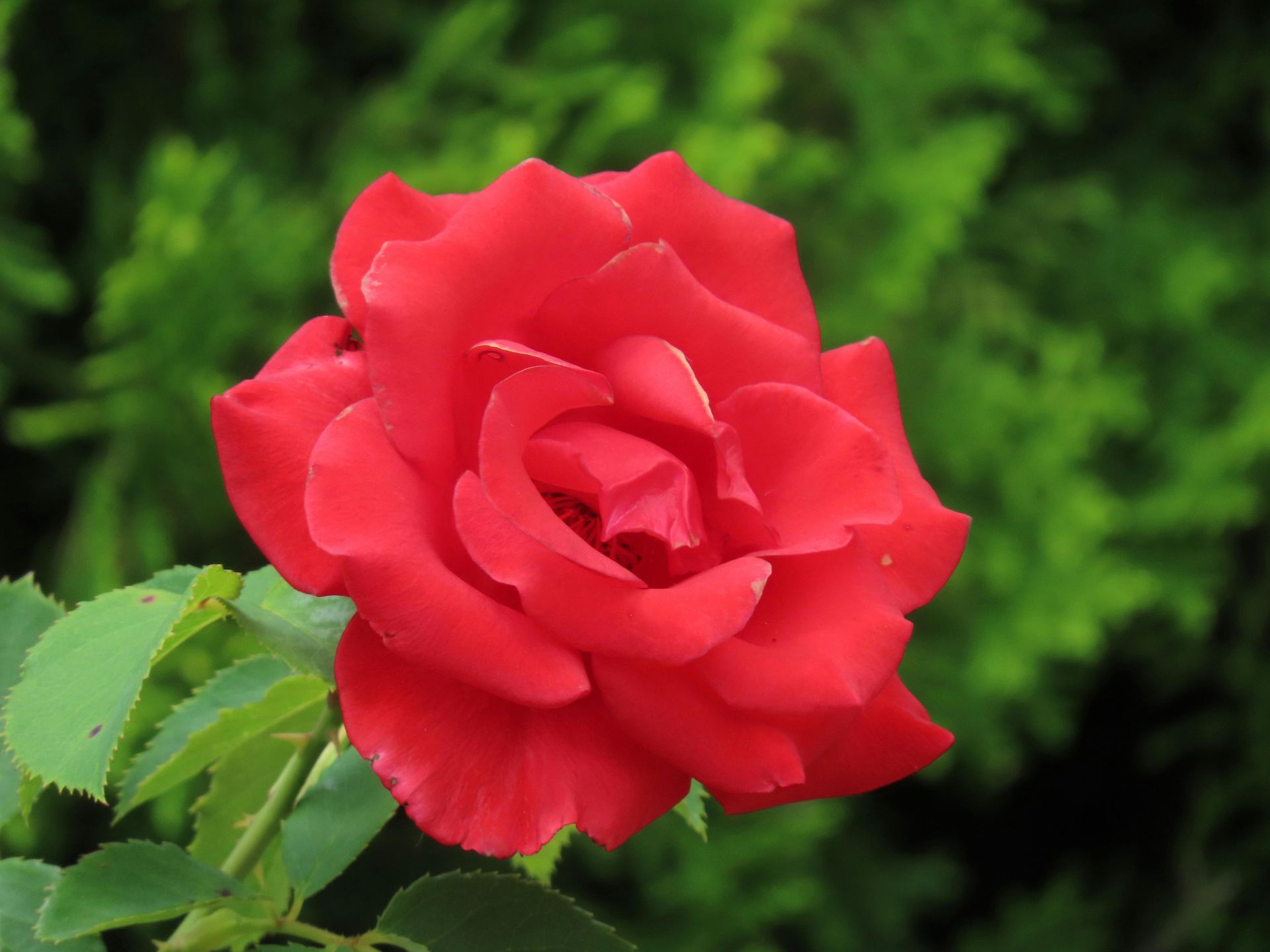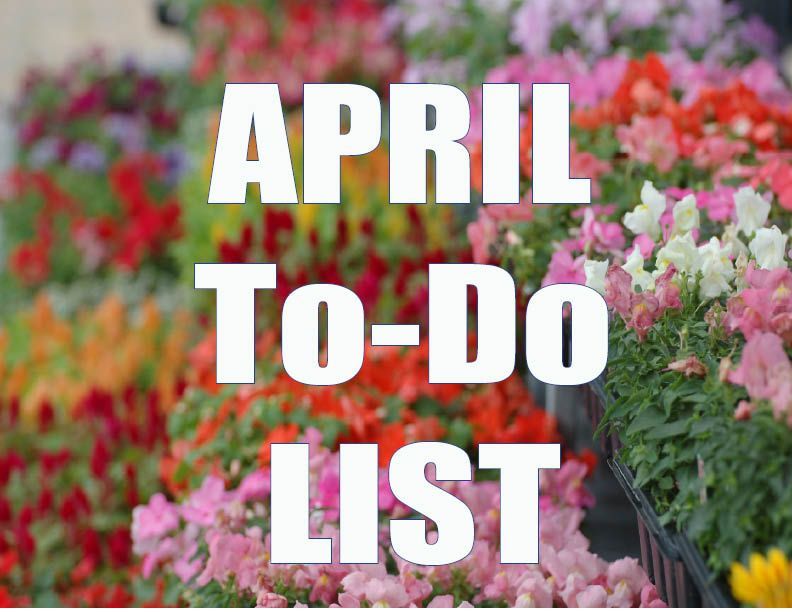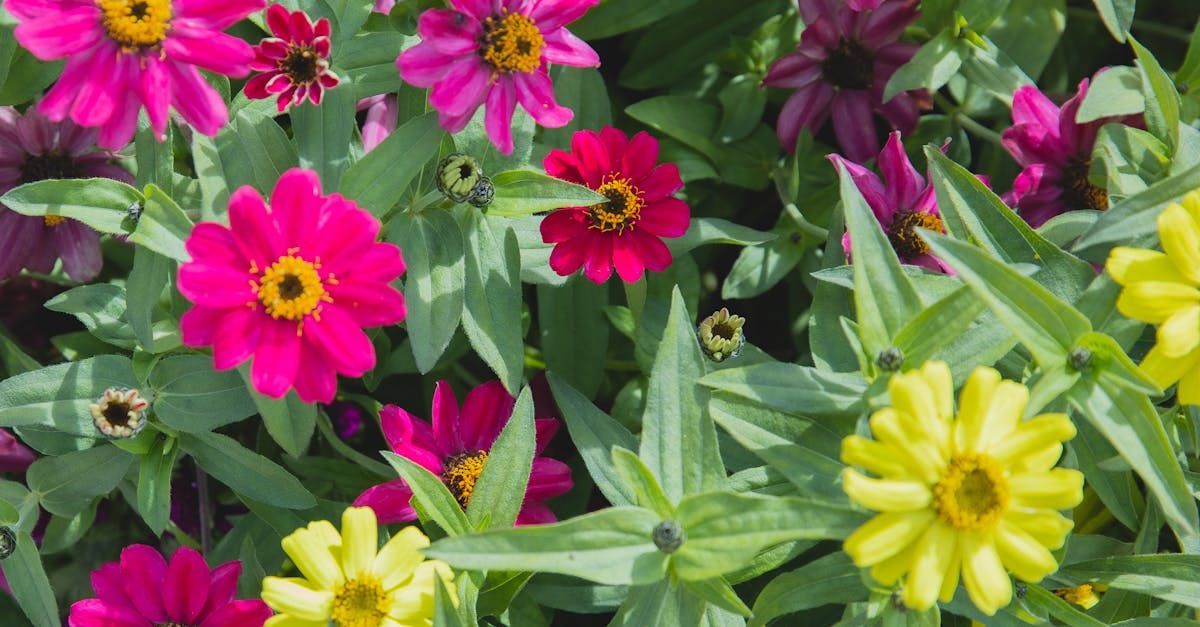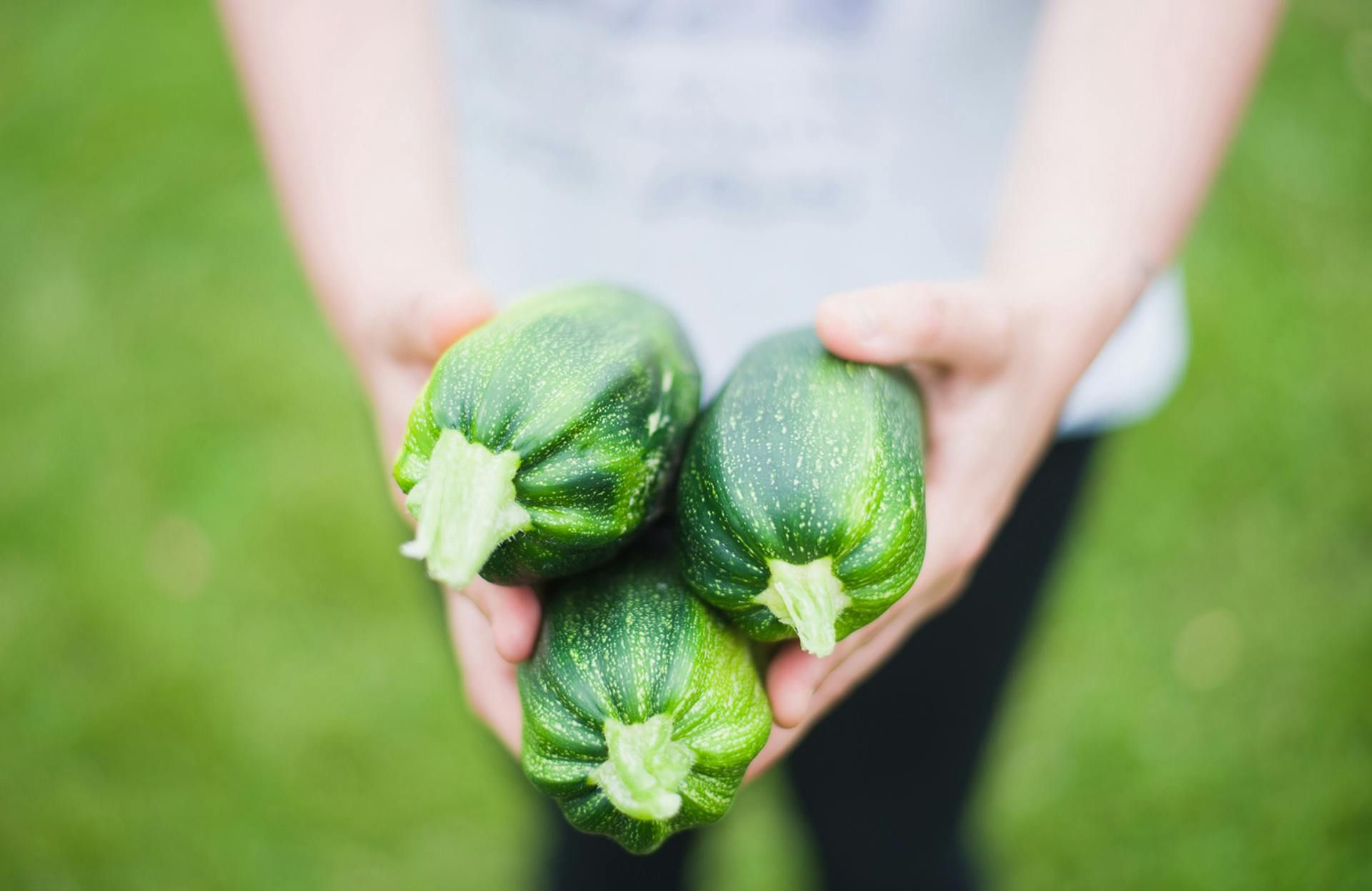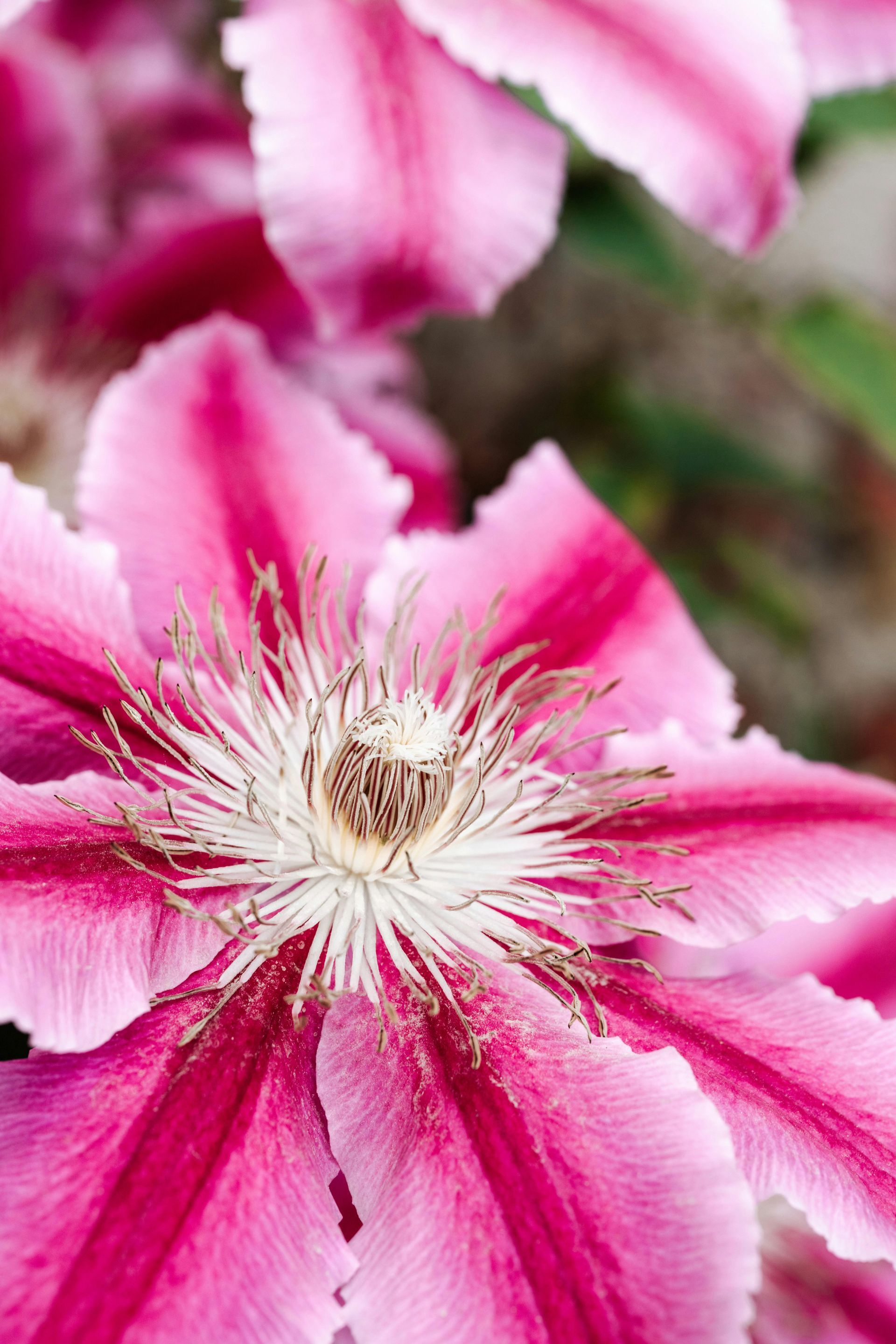March 26, 2025
We all love when spring springs to life! The flower and shrub selections are endless- with all sizes, textures and colors that vibrate with the season. We invite you to stroll the garden center and see the wide range available. We put a list together of our “20 must haves” that we know you’ll dig this Spring! Cajun Hibiscus: It’s kick this list off with some of our favorite Cajuns! These locally-grown favorites are packed with Pop and Pizazz, much like us Cajuns! The blooms are stunning, with many being two-toned in color, double blooms, ruffled or even a combination of the three! Large, evergreen leaves match the large, sometimes 5’’ across flowers, all with names we can appreciate like the “Bayou Rose,” “Creole Lady” or “Cest Bon!” Distylium: These may just be the “best landscape plant you’ve never heard of” as the Southern Living Plant Collection labels this evergreen, compact-growing landscape shrub. The foliage is dense with layered branches giving landscapes an interesting look. To add to its allure, it’s also resistance to pests, heat and drought-tolerant and low maintenance! Snow Girl Gardenia: Despite the word “snow” in its name, this gardenia blooms all spring throughout summer. There is low to no maintenance required for this beautiful landscape or patio star that only reaches about 18-24’’ tall and 30-36’’ wide. We all love the gardenia’s fragrance, but this one has a sweet & small daisy-like look to pair with its tiny evergreen leaves. Pro tip: to maximize bloom, trim lightly just after the first blooms have finished. NonStop Begonias: Are they begonias or roses?! These are begonias, but they look like sweet roses! This Non-Stop variety is given its name due to its vigorous growth habit, bearing masses of pretty rose-like flowers in a range of colors including red, yellow, white, pink and even an orange/coral tone. It’s a perfect variety for something interesting in partial shade/sun containers! Celosia: These annuals are vibrant, stand out plants, and are known for their unique feathery or crested flower heads that are available in a variety of colors. Whether planted in a Spring-Summer flower bed as a border, or in a container, these are fun options as standalone varieties or planted mixed up! These are also great annuals to let kids have fun in gardening! Bird of Paradise: Resembling a tropical bird perched atop a rainforest plant, this landscape shrub is a distinctive showpiece. It’s an easy to grow tropical that enjoys full sun and flowers in early Spring. As a bonus, this plant loves our high humidity and heat, but it does not like the unusual cold snaps we have, so be sure to offer it protection. Clematis: Every flower gardener should know the pleasure of growing clematis. If you already have one in your garden, you're probably scheming about how to squeeze in another! New to clematis? It’s easy to grow with many varieties of out of this world blooms, and is the most stunning climber we’ve ever known! Coleus: Who says flowers can have all the fun with color? These annuals are grown for their foliage, but their foliage is packed with POP! Coleus varieties number in the hundreds and each has a unique color and pattern to leaves that look amazing as a border plant or mixed in container gardens. Try one with lime green coloring planted next to one with magenta, green, and pink in an eye-catching pattern. Coleus is an excellent choice for shade areas, giving a dark area lots of color without the need for flowers! Cupcake Azalea: Your search for a new and truly colorful landscape plant ends here! This new “Bloom-a-thon” azalea boasts masses of single bright pink flowers all Spring, some sporadic blooms in Summer, and another wave in late summer through fall! They stay dwarf at only 1.5-2’ tall x 2.5-3’ wide. They are an excellent choice for a mass planting in a partial sun area. Cuphea Honeybells: Massive flower power in a hearty little plant, 'Honeybells' shrugs off high heat and continues in bloom all summer. It requires little in the way of care, just fertilize and water regularly. Best as garden edging and planted in pots and window boxes, since it is a trailing plant! Also check out the Firecracker/Cigar Plant (Cuphea Ignea) has orange tubular flowers with red overtones and hot pink throats along the branches from early spring to late winter, which are interesting on close inspection. Reaching about 3’ x 3’, hummingbirds are attracted to their color and shape! Another Cuphea not to miss is the Funny Face variety, which has trumpet blooms resembling two eyes and a tongue sticking out! Red Beauty Hydrangea: Meet a new hydrangea to the garden center this Spring, and it is a stand out specimen with eye-catching red blooms! Give it a little shade and a lot of water, and it will reward you with its flowers all summer! These flowers are perfect for cut-flower arrangements! Baby Cakes Blackberry: Spring just got “berry” sweet! The Baby Cakes® is a dwarf, thornless blackberry perfect for patio pots with its compact habit (rounded/ non-vining) and reaching 3-4’ tall.. In summer, large, classic and sweet tasting berries present on the plant in a fireworks-like spray of fruit. It’s even likely that this blackberry will produce twice in one season (summer and fall) when enjoying full sun! Touch of Gold Holly: This is a four-season stunner similar in color to the Sunshine Ligustrum. Its golden foliage illuminates in your landscape, while providing structure, the dazzling color and visual interest. It loves full sun, and requires NO pruning! Another plus is that it is a dwarf grower, only reaching 2’ tall x 4’ wide. It’s an excellent choice for an area that needs a layer of short plants with color and low maintenance! Specialty Roses: Roses in white, red, purple (yes! Check out the Heirloom) and shades of pink are always stunning in a garden or even cut flower arrangement. To take it up a notch, specialty roses like the Judy Garland, Pumpkin Patch, Wild Blue Yonder, Marilyn Monroe, Parade Day and George Burns (to name a few) give a POP and punch of unique color to a rose garden! SunPatiens: Continuous color in both sun and shade! These low-growing, bright bloomers are ideal in pots, baskets and landscapes as border plants! They don’t just tolerate full sun and high temperatures; they thrive in it. They’re the ideal plant for worry-free color; sun or shade, rain or shine, spring through fall. Carolina Jessamine: Take your garden higher with this stunning climbing shrub! In Spring, the Carolina Jessamine irrupts in bright yellow blooms and quickly covers the trellis, fence or arbor its attached to. It’s the state flower of South Carolina, thus its name. Its blooms are a trump-shape and are attractive to butterflies! Forest Pansy Redbud: Dormant all winter, in early Spring, magic happens! Delicate purple/pink flowers cover the branches, making it impossible not to be a showcase tree. New foliage appears scarlet-purple and matures to maroon. It will grow about 20’ tall with a 25’ wide canopy ideal for summer shade in the full sun! Peggy Martin Rose: This rose is a survivor. It’s also known as the “Katrina Rose” because it survived being submerged for 2 weeks after Hurricane Katrina. It’s actually an unnamed rose, but later named after the New Orleans gardener, Peggy Martin, whose home and property was under water after the storm in 2005. This is a remarkable climber that takes over any fence, wall, arbor or trellis, and covers it in pink roses without the threat of thorns. Alonia Big Bicolor Angelona: Angelonia are known as the “snapdragon” of the summer, since their tall spike-like flower blooms resemble that of a snapdragon. The Alonia series have flower blooms that fit the word “big” in their name! Their blooms are double/triple in size of the smaller Angelonia varieties. They are pollinator-friendly and heat-tolerant, making them one of our top summer annual choices! Abutilon “Flowering Maple”: Also nick-named the Chinese Lantern, likely due to their flowers have a papery consistency, this unique topiary is a tropical that is low-maintenance. It provides lots of blooms in the form of pendant bell-shaped flowers and dramatic maple shaped leaves. A happy Abutilon can bloom nearly non-stop from late Spring until the first frost. Please note- All Seasons may or may not have these plants in stock available to purchase at the time you come to purchase these. If you're ever looking for something specific, please call the garden center at 337.264.1418 or send an email question via this link prior to your shopping visit!
